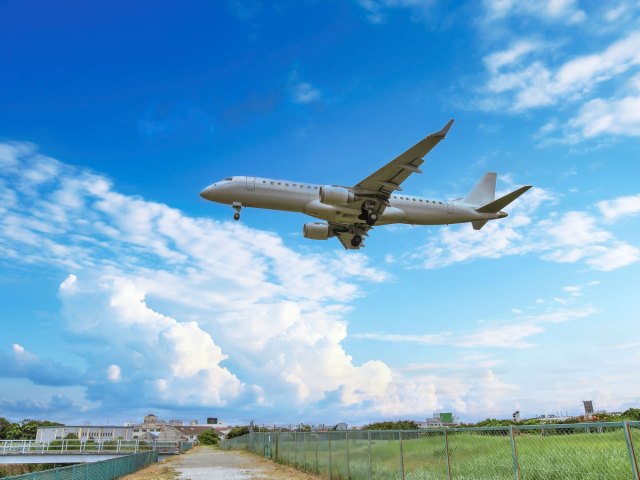When flying, just as you’re on the final approach, you might hear a roar from the engines as the plane suddenly climbs rapidly instead of landing. This is called a go-around, and although it’s a rare occurrence, it’s actually a routine maneuver. Aviation enthusiasts might get a kick out of go-arounds, but if it’s the first time you’ve experienced one, you might feel anxious. In this article, we’ll take a deep dive into what necessitates a go-around, how often they happen and, most importantly, why you shouldn’t be alarmed if one does.
How Often Do Go-Arounds Happen?

In the world of aviation, the term “go-around” refers to a missed approach. The plane doesn’t land on the runway as initially intended but instead climbs steeply and remains in the air until it’s safe to attempt another landing.
Depending on the circumstances, sometimes this occurs well ahead of the airport, early in a plane’s approach. However, it can also happen much later, even right after the landing gear has touched the runway, which is known as a balked or rejected landing. Since it results from a last-minute decision, a rejected landing is considered a higher risk maneuver than other forms of go-arounds.
Still, according to the FAA, go-arounds are a “safe, routine maneuver,” and can be requested by an air traffic controller if they believe it is not safe to allow a plane to touch down. A pilot can also elect to abort landing if they decide conditions aren’t right on approach. To do so, the pilot increases power to gain altitude, retracts the landing gear, and begins to retract the flaps.
The plane then takes a clearly defined route to avoid coming into conflict with the flight paths of other aircraft in the vicinity. This varies from airport to airport; however, regardless of who has initiated the go-around or the route the aircraft takes, “the pilot and the air traffic controller are in full command of the situation,” according to the FAA.
A 2024 NASA analysis of U.S. airlines found that a “third of the landings are aborted below 400 feet, but the majority of the go-arounds occur at significantly higher altitudes.” Aborting a landing happens relatively infrequently — the same report suggested the rate was around “one to three per 1,000 approaches.”
Why Do Go-Arounds Happen?

Go-arounds may be necessary for a variety of reasons to ensure the safety of the aircraft and those on board. For instance, if a plane that has just landed hasn’t had sufficient time to taxi off the runway on its way to the gate, or if a departing aircraft needs more time before taking off, air traffic control cannot permit the incoming aircraft to complete its landing.
Similarly, if debris is spotted on a runway, this could also require a go-around until the potential hazard is cleared. Sometimes, the reason is more unexpected, such as wildlife on the runway. From bears on the runway in Japan and Russia to diamondback terrapins crossing at New York’s JFK Airport, go-arounds and delayed take-offs have been known to occur to prevent collisions. On other rare occasions, a go-around might take place for technical reasons, such as if the landing gear hasn’t deployed correctly.
A more common reason for a missed approach is weather, such as low cloud or fog creating poor visibility, or crosswinds which can make it tricky for aircraft to land. During Storm Eunice, which affected the U.K. in February 2022, NATS (the U.K.’s main air traffic control service) reported nine missed approaches in a row and 40 within a seven-hour period; the norm is approximately one go-around a day.
Are Some Airports More Prone to Go-Arounds Than Others?

In short, yes. For instance, busier airports are more prone to go-arounds since the gap between planes landing on the same runway is shorter. According to FAA data for the 2023 fiscal year, Washington, D.C.’s Ronald Reagan Washington National Airport had the highest rate of go-arounds as a percentage of arrivals, followed by Denver, San Diego, LaGuardia in New York City, and Philadelphia.
Another study focused on European airports calculated the rate of go-arounds using data collected between 2019 and 2023. According to the report’s findings, Istanbul’s Sabiha Gökçen International Airport recorded a relatively high 1,673 go-arounds in 272,956 landings (0.61%), while Rome’s Fiumicino Airport experienced 488 missed approaches in 325,878 (0.15%) and busy Charles de Gaulle in Paris had a rate of 0.39%.
More from our network
Daily Passport is part of Inbox Studio, which publishes content that uplifts, informs, and inspires.
















